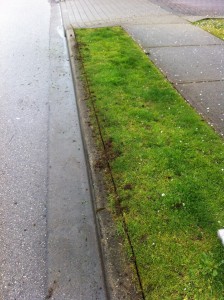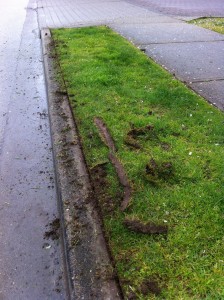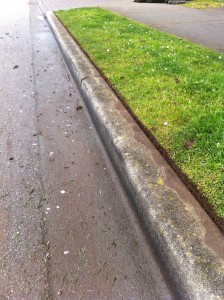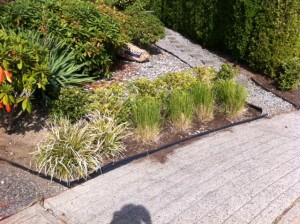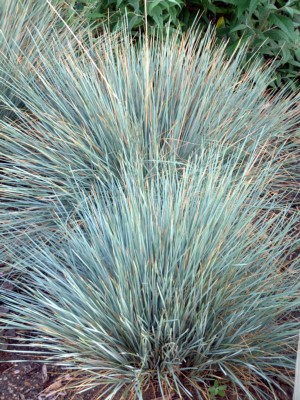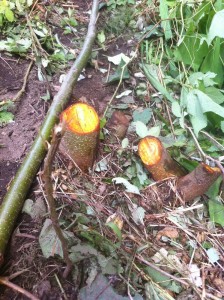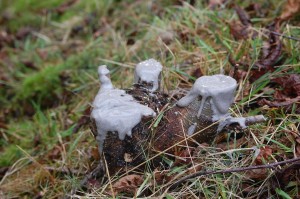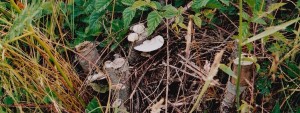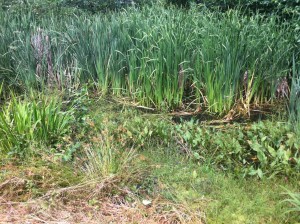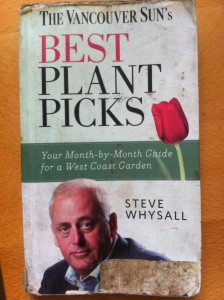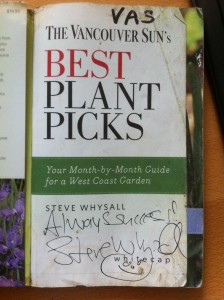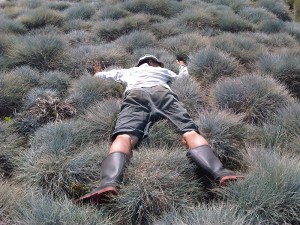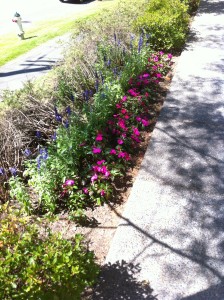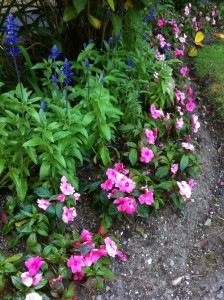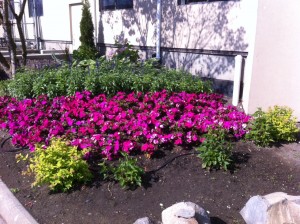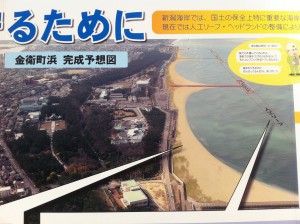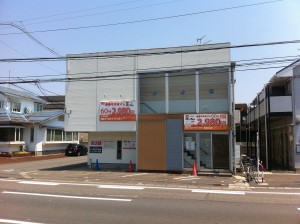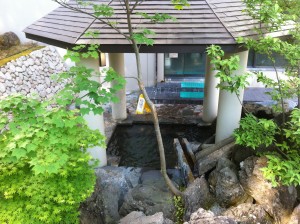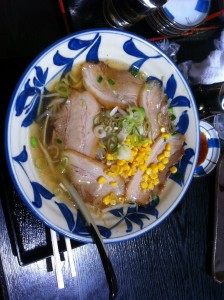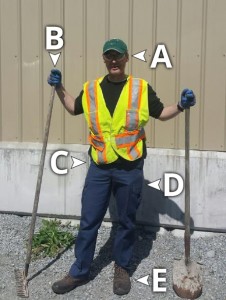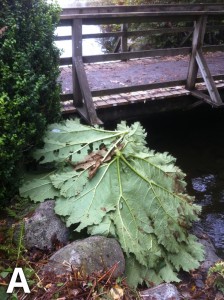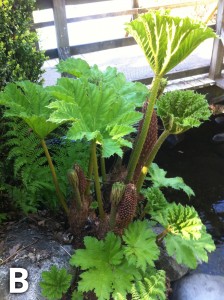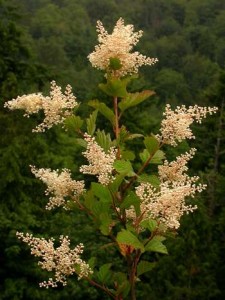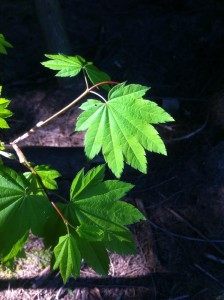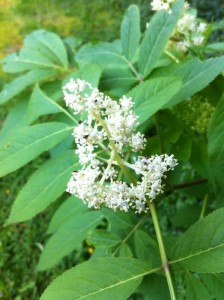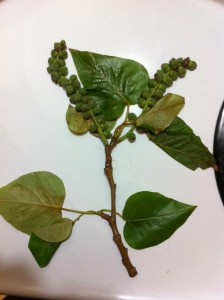Blade edging is a great landscape maintenance tool. It gives our sites definition, it’s relatively easy to learn, and it can be done bi-weekly on standard BC strata sites. The only downside is the cost of replacement blades. (Always recycle your used blades.)
Incredibly, not all landscape maintenance companies use blade edgers to maintain nice, sharp edges on their work sites. That’s too bad. I personally love the sharp, clean look.
Let’s consider my work from mid-March 2016 on a Maple Ridge site.
Tired looking strip
This boulevard strip lacks definition. Grass is growing over the curb and it obviously gets line trimmed which does not do anything for definition; it simply rounds off the edges which is not our goal.
Key idea: the mower, line trimmer and blade edger should work together by meeting to create a nice, sharp edge.
Show time
Let’s take a blade edger with a fresh blade and see what happens. Pants, safety goggles and ear protection are mandatory. No discussions. Always let passersby go. Try not to do this work as kids walk to school!
Neglected boulevard strips like this will require some “drilling”. Keep your blade edger at ninety degrees and stay stubborn like me. You might have to run over the entire line twice. It depends. Once the edge is re-established, regular maintenance will be a breeze. Bi-weekly blade edging will suffice. Some high-profile areas like club houses can be bladed weekly.
Clean up
Obviously, this will require some cleaning. Remove all grass and dirt chunks before your clean up blow. The lawn area must be clean. Don’t go cheap here. The machine can generate black earth balls. Even one left on the lawn will detract from your presentation.
Final result
Carefully, run your blower along the entire edge. You can also blow the street assuming it can be done safely. Put on a safety high-visibility vest and do it quickly. Avoid rush hour traffic times.
No contest!
I know which picture I prefer. What about you? And your clients?
Don’t stop at boulevards. Edge your tree circles, grates and metal covers and soft bed edges. You will be glad you did.



